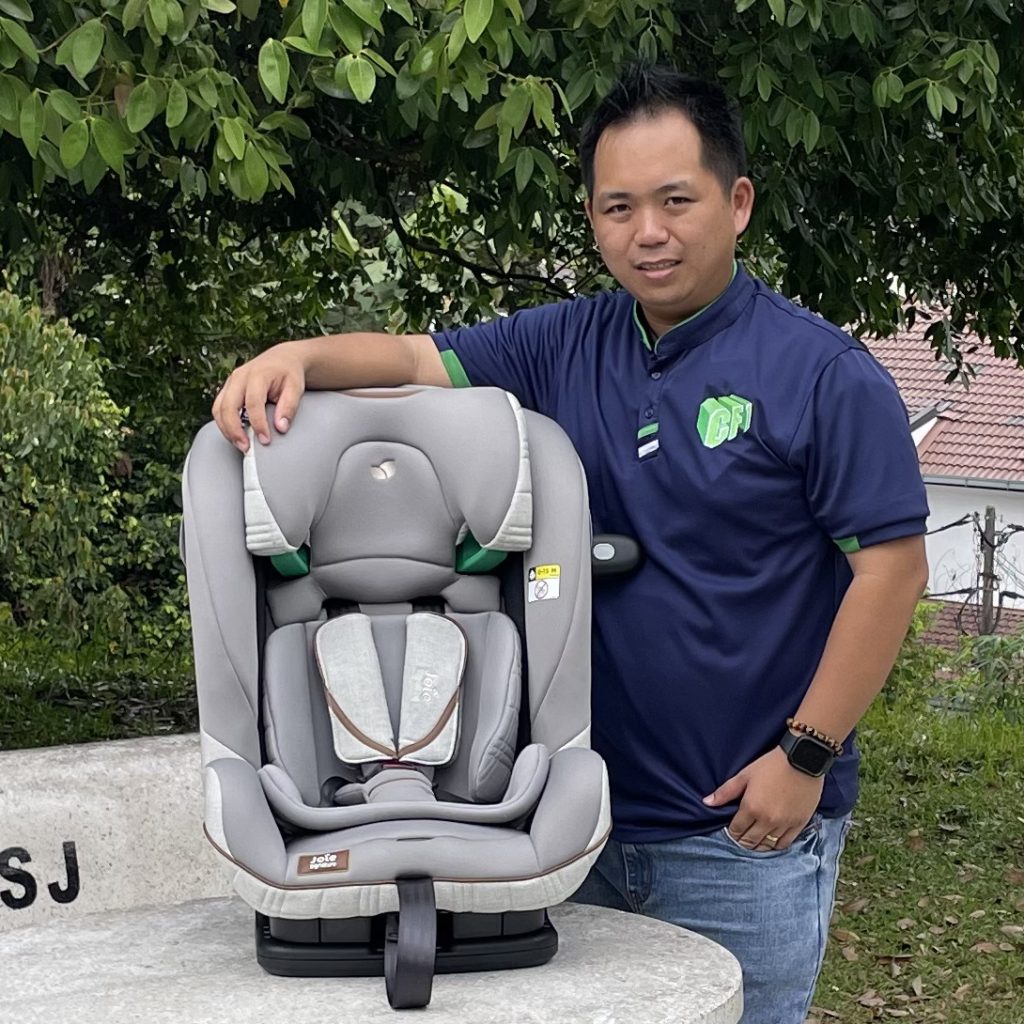The safety of children in cars is of paramount importance, and ensuring that they are properly secured and protected is a responsibility every parent and caregiver should prioritize. Car accidents are a leading cause of injury and death among children, but with the right precautions, many of these incidents can be prevented. This article aims to provide a comprehensive guide on child safety in cars, covering essential topics such as proper use of car seats, seatbelt guidelines, and additional safety measures.


-
Choosing the Right Car Seat:
The first step in ensuring child safety in cars is selecting an appropriate car seat based on the child’s age, weight, and height. There are three main types of car seats: rear-facing, forward-facing, and booster seats. It is crucial to follow the manufacturer’s guidelines and relevant regulations when choosing and installing a car seat.
-
Rear-Facing Car Seats:
- Infant Seats: Designed for newborns and young infants, these seats provide crucial support for a baby’s delicate head and neck.
- Convertible Seats: These seats can be used in both rear-facing and forward-facing positions, allowing for extended use as the child grows.
-
Forward-Facing Car Seats:
- Harness Straps: Ensure that the harness straps are at or above the child’s shoulders and that they fit snugly.
- Tethering: When using a forward-facing car seat, always use the tether strap to anchor the seat to the vehicle.
-
Booster Seats:
- Proper Fit: A booster seat should be used until the child is big enough to use a seatbelt alone, typically when they reach a height of 4 feet 9 inches.
- Backless vs. High-Back Boosters: Consider the child’s comfort and the vehicle’s design when choosing between backless and high-back booster seats.
-
Seatbelt Safety:
- Transitioning from Boosters: Ensure a smooth transition from booster seats to using seatbelts alone when the child is ready.
- Seatbelt Fit: The seatbelt should lie snugly across the child’s chest and hips, not across the neck or stomach.
-
Additional Safety Tips:
- Never Leave a Child Unattended: Never leave a child unattended in a car, even for a short period. Heatstroke can occur rapidly in hot weather.
- Secure Loose Items: Secure loose items in the car to prevent them from becoming projectiles in the event of a sudden stop or crash.
- Educate Older Children: Teach older children about the importance of seatbelt use and proper behavior in the car.
-
Regular Car Seat Checks:
- Installation Check: Regularly check the car seat’s installation to ensure it is secure and meets safety standards.
- Expiration Dates: Car seats have expiration dates; replace them if they have reached the end of their usable life.

Prioritizing child safety in cars involves careful consideration of car seat selection, proper installation, and adherence to recommended guidelines. By following these comprehensive safety measures, parents and caregivers can significantly reduce the risk of injuries and provide a secure environment for children during car travel. Regular education and awareness are crucial in promoting responsible and safe practices for child passengers.






